By Emanueli Backes
Soups, sauces, broths, and many other tasty preparations made with mushrooms are traditionally consumed worldwide. With more than 2,000 species of edible mushrooms distributed throughout nature, it is almost impossible that you have never tried one. However, is the yummy texture and flavor the only benefits we might get from consuming mushrooms? Well, that is what you are about to discover.
Mushrooms are essentially macrofungi with a chemical composition mainly comprising of high amounts of proteins, as well as vitamins and minerals, with low-fat content. These nutritional features make them a popular choice of low-calorie food for diets. However, it is the presence of specific bioactive compounds in mushroom’s fruiting bodies, cultured mycelium, and cultured broth the major reason that arouses the pharmaceutical and food industries interest1.
For years scientific studies have reported many edible mushrooms as producers of “better-making molecules”, such as polysaccharides, terpenes, and glycoproteins with health-enhancing properties1,2. In fact, activities such as anticancer, anti-inflammatory, antioxidative, antimicrobial, and many others have been associated with these molecules3.
Mushrooms are traditionally applied for medicinal care in some cultures for centuries – even though there are people that still doubt mushroom-based preparation effectiveness (e.g., extracts and teas) in the treatment of human diseases4. Some Far East countries (China, Japan, Korea, Russia), use mushrooms for treating/preventing cancer, viral diseases, blood platelet aggregation, and hypertension3.
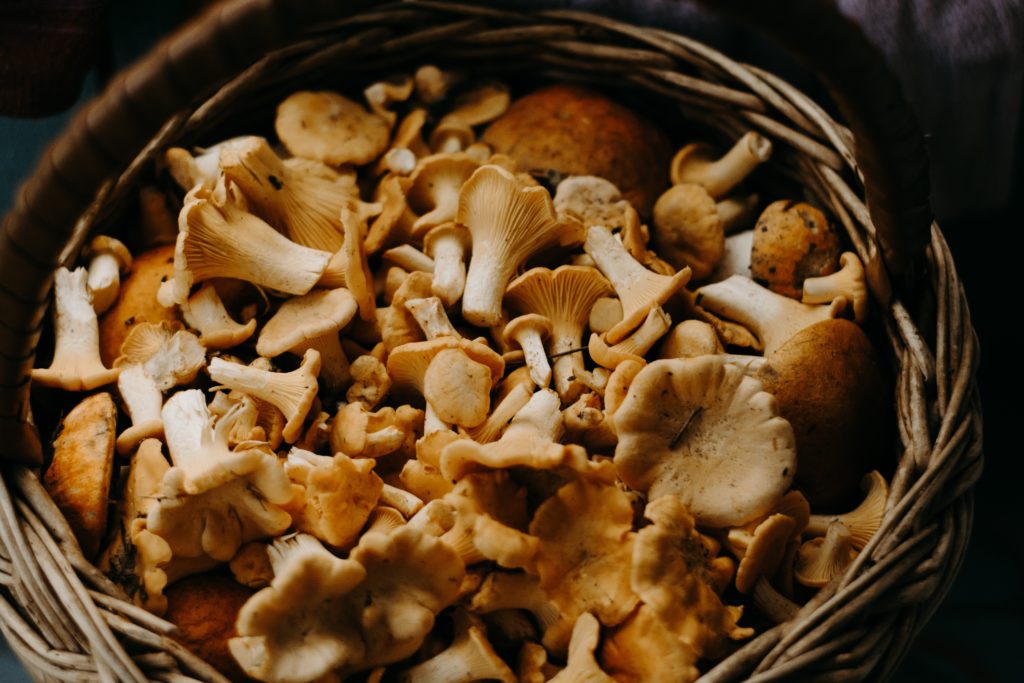
So far, many pharmaceutical substances with proven health-improving properties have been isolated from about 300 mushroom species – known as medicinal mushrooms. Among them, about 20 species are used and sold as dietary supplements (DS), intending to supplement one’s diet in the form of pills, capsules, tablets, or other5. Now, let’s see some examples of medicinal mushrooms sold as DS and their health-benefit claims.
Lentinus edodes (Shiitake)
Shiitake is known to produce lentinan which is a constituent polysaccharide molecule of its fruiting body cell-walls. Lentinan has been extensively investigated over the past few years and is mainly valued for its immunomodulatory properties – acts on the immune system, increasing the organic response against viruses, bacteria, etc5. Interestingly, tissue culture experiments showed that lentinan has the capacity of stimulating cells of the immune system to attack cancer cells4. Amazing, right?
In some traditional Asian medicinal practices, shiitake has been applied as an anticancer agent. So far, as DS suppliers more often sell shiitake’s fruiting body as powered-dried and encapsulated. The specie is also commonly marketed in mixtures, blended with reishi, maitake, and others5.
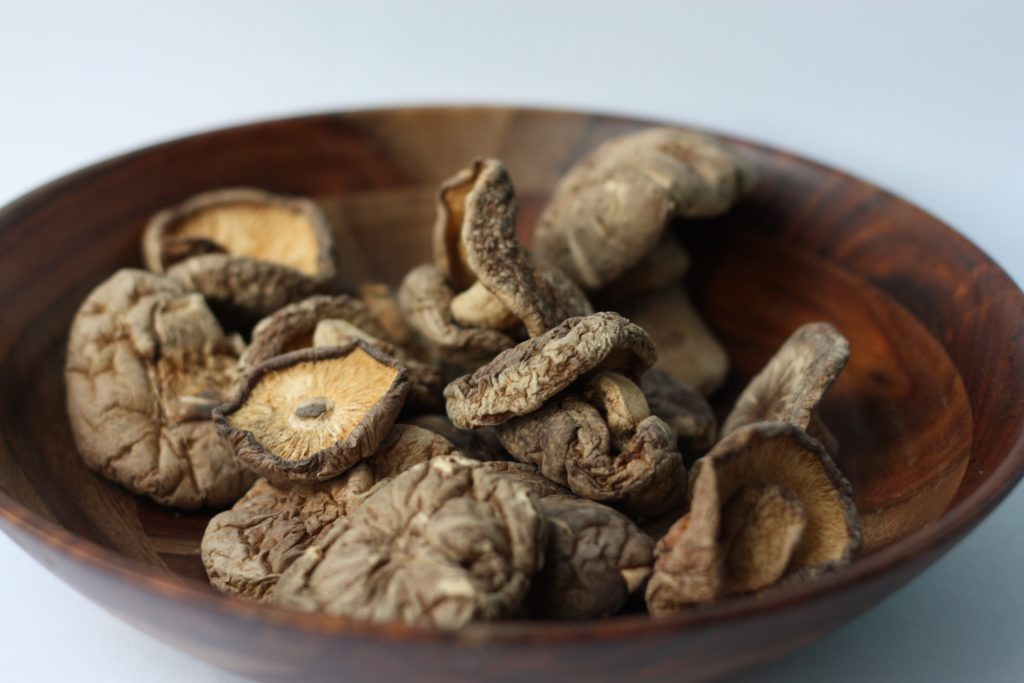
Photo by Bluebird from Pexels.
Grifola frondosa (Maitake)
Another edible mushroom very common and well-accepted in the DS market, maitake is believed to be the most powerful anticancer and immune-enhancing agent than any other medicinal mushroom. DS labels even suggest its use for people with AIDS and other immune system disorders5.
Maitake’s health claims are due to an antitumor polysaccharide molecule produced by the macrofungi. The molecule has been extensively studied for almost 30 years and is approved as an adjunct therapy for cancer treatments in China since 20106.
As DS, either maitake’s freeze-dried mycelium or air-dried fruiting body can be founded in the market. Besides, extracts from its major biologically active components are also available6.
Ganoderma lucidum (Reishi)
Although not edible, reishi has a history in eastern medicine that is even older than shiitake’s. Also known as lingzhi, the fungus is famous for an immense range of health benefits, being popularly used to treat diseases such as cancer, seizures, cardiovascular problems, and diabetes4.
The valuable molecules that provide the physiologically active properties from reishi are mainly polysaccharides and terpenes5. In fact, these terpenes have also been used in developing drugs for several degenerative diseases, such as Alzeimer1.
Due to the reishi cork-like texture, the DS made from it are often founded in extracts (aqueous or alcoholic) or powered forms. Also, both reishi’s’ mycelium and fruiting bodies might be used for obtaining the DS.
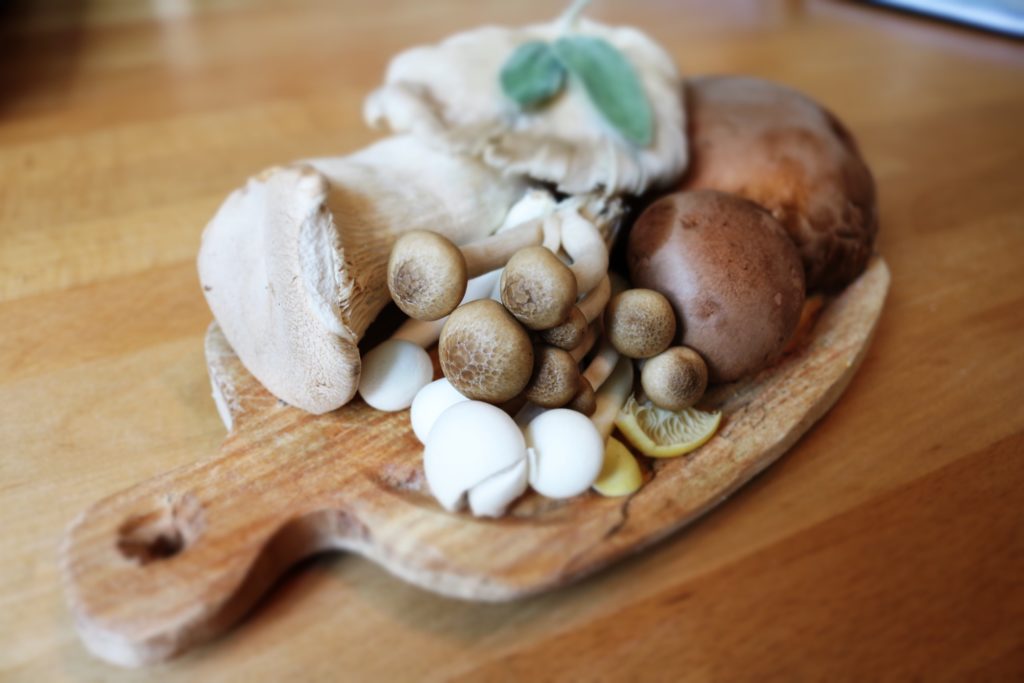
Important remarks
But are mushroom’s health-enhancing, and healing properties scientific proven? Well, this is a topic that brings out a huge discussion. Given the history of research and treatment, no one can deny that medicinal mushrooms contain high-valuable molecules with biological activities. However, some important remarks must be considered.
The major disagreement point between gullible and skeptical of traditional Chinese medicine is that the proven health pharmacological properties of mushrooms constituents are based on studies conducted on the single chemical compound of interest. Thus, some scientists claim that the results could not be overtaken by the ingestion of the whole mushrooms or its preparations. Some authors even state that “it is impossible, for example, to link the immunological consequences of injecting mice with cell wall polysaccharides to the expediency of drinking hot tea brewed from shiitake”4.
While the health-promoting features of these components seem to be well understood, their action and possible synergistic effect when the whole mushroom is consumed are not that clear yet. In summary, to better clarify the controversy that constantly comes out from this topic, I would venture to say that this field requires further studies and a more defined market for regulations of DS labeling appeals.
References
[1] Üstün, N.S., Bulam, S., Pekşen, A. (2018). The Use of Mushrooms and Their Extracts and Compounds in Functional Foods and Nutraceuticals. International Technological Sciences and Design Symposium.
[2] Friedman, M. (2016). Mushroom Polysaccharides: Chemistry and Antiobesity, Antidiabetes, Anticancer, and Antibiotic Properties in Cells, Rodents, and Humans. Foods.
[3] Hassan, M.A.A., Rouf, R., Tiralongo, E., May, T.W., Joe Tiralongo, J. (2015). Mushroom Lectins: Specificity, Structure and Bioactivity Relevant to Human Disease. International journal of molecular sciences.
[4] Money, N.P. (2016). Are mushrooms medicinal? Fungal biology.
[5] Wasser, S.P., Nevo, E., Skolov, D., Reshetnikov, S., Timor-Tismenetsky, M. (2000). Dietary Supplements from Medicinal Mushrooms: Diversity of Types and Variety of Regulations. International Journal of Medicinal Mushrooms.
[6] He, Y., Li, X., Hao, C., Zeng, P., Zhang, M., Liu, Y., Chang, Y., Zhang, L. (2018). Grifola frondosa polysaccharide: a review of antitumor and other biological activity studies in China. Discovery Medicine.

Emanueli Backes | Linkedin
SMF Blog Writer
Emanueli is a Brazilian enthusiastic for food science and technologies. Backes graduated with a degree in Food Engineering and Masters in Quality and Food Safety. She is now pursuing her PhD in Food Science. Backes research focus is on organic synthesis of new antioxidant compounds through enzymatic reactions.
Emanueli loves education and science popularization; she believes everything can be demystified, uncomplicated, and taught.
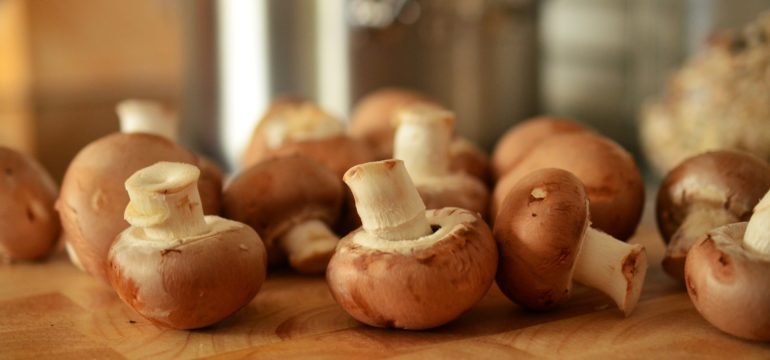



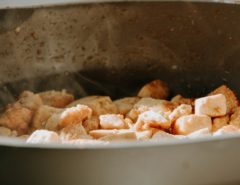

Leave a Reply